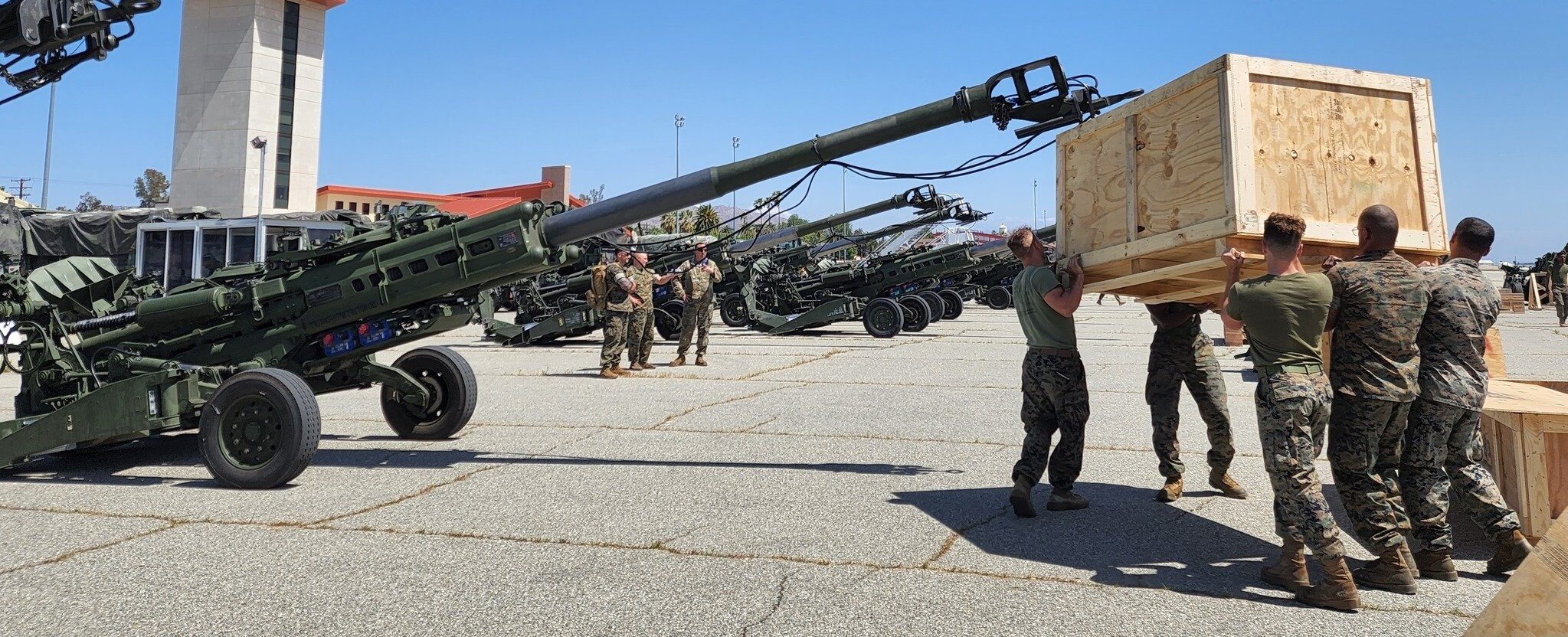The Pentagon has suspended shipments of critical air defense missiles to Ukraine amid concerns about depleted US stockpiles.
The timing is especially concerning: Russia just launched record-breaking missile and drone attacks last month.
Ukraine’s Foreign Minister Andriy Sybiga captured the stakes: Russian attacks killed 37% more civilians in the past six months, he noted, while emphasizing Ukraine’s willingness to “buy or borrow” air defense systems if needed.
Why this matters for Ukraine’s survival
How many missiles did Russia fire at Ukraine in June alone? Foreign Minister Andriy Sybiha reported Russia launched over 330 missiles, including almost 80 ballistic missiles, plus over 5,000 attack drones and 5,000 KABs (guided bombs).
Now the US has halted 30 Patriot missiles, nearly 8,500 155mm artillery shells, and over 250 precision GMLRS missiles.
Ukraine loses its primary shield against Russian ballistic missiles without sustained Patriot resupply. But the vulnerabilities run deeper.
Ukraine’s defense architecture faces critical gaps
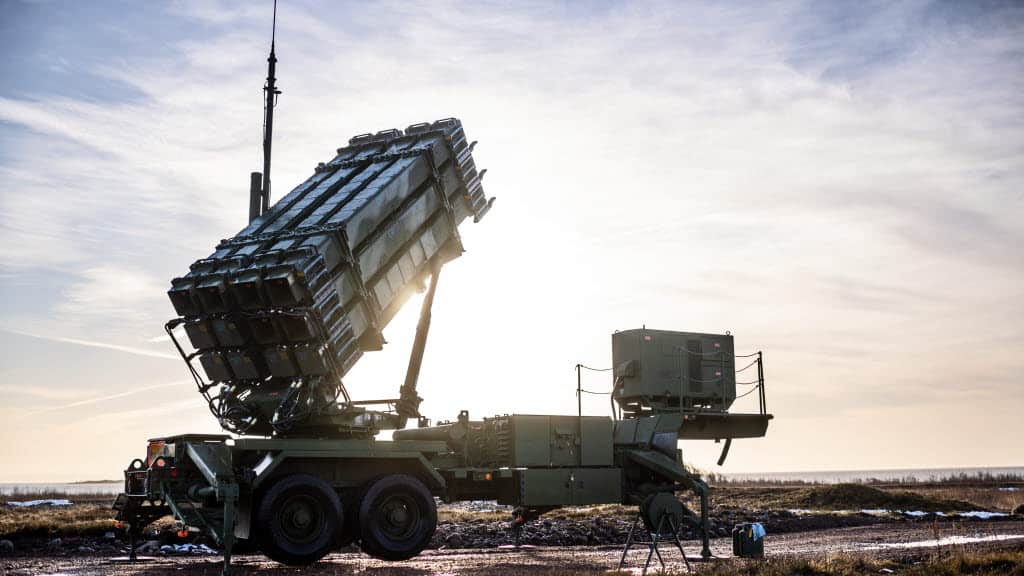
Defense Express analysis reveals how heavily Ukrainian air defense relies on American systems:
- Long-range protection: Patriot systems are Ukraine’s main shield against ballistic missiles—the fast-moving projectiles that can hit anywhere in the country. European alternatives? Ukraine operates French-Italian SAMP/T systems, but Ukrainian air defense expert Serhii Morfinov notes “the question of whether there are enough missiles for SAMP/T systems is very big.”
- Medium-range coverage: Norwegian NASAMS launchers fire American AIM-9 and AIM-120 missiles to intercept aircraft and cruise missiles. Aging American HAWK systems also depend on US resupply.
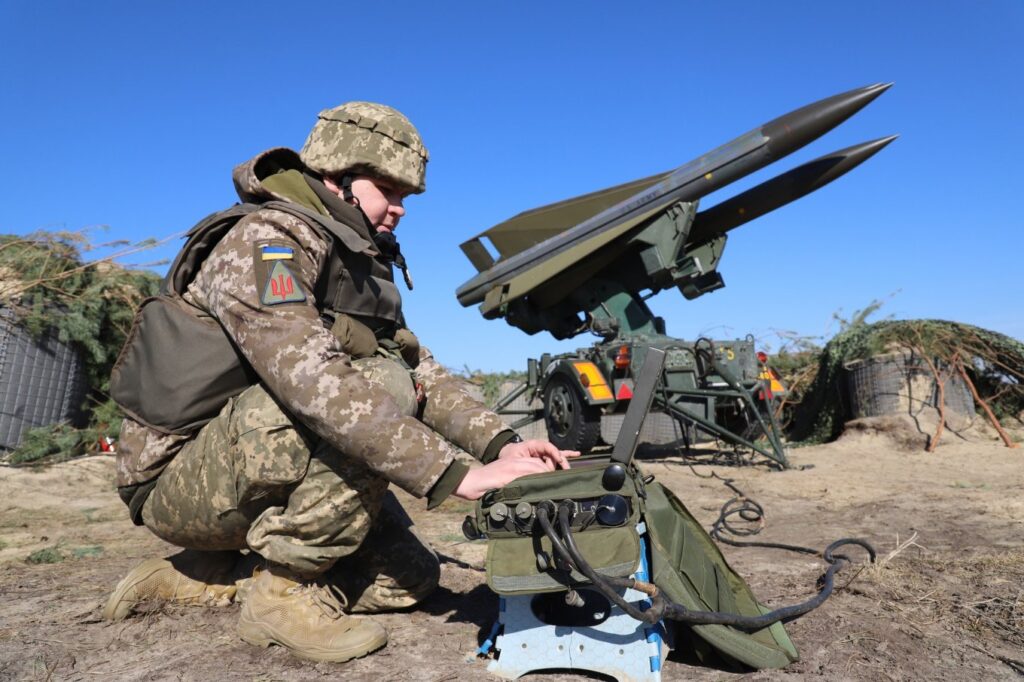
- Precision strikes: American HIMARS rocket launchers lose their GMLRS guided missiles—the precision weapons that hit Russian supply lines and command posts up to 80 kilometers away.
- Close-range defense: Portable Stinger missiles and truck-mounted Avenger systems protect troops and installations from low-flying aircraft and drones.
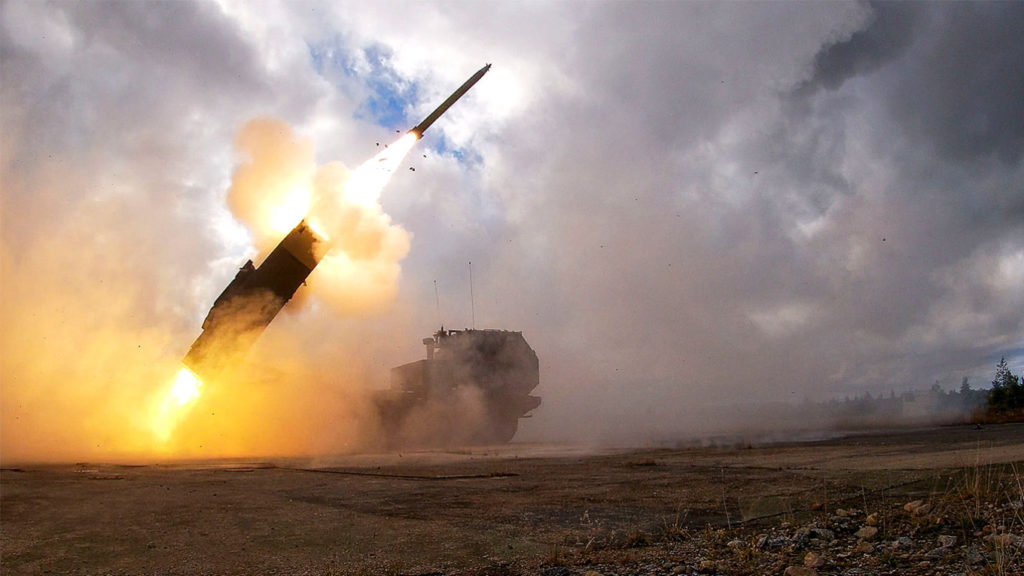
Can European systems replace American ones? Not fully, especially for anti-ballistic missile defense where alternatives remain scarce.
What Ukraine can use without American support
Which air defense systems don’t depend on US supplies? Defense Express breaks down Ukraine’s non-American options:

- Short-range systems (up to 10km): Polish Piorun, French Mistral, Swedish RBS-70, and British Martlet missiles provide portable defense. German systems using FZ275 LGR missiles offer additional coverage. Ukraine also operates modified “Osa” systems converted to use R-73 missiles.
- Medium-range systems (up to 20km): German IRIS-T SLS and British Raven systems with ASRAAM missiles on SupaCat chassis. Spain’s Spada systems were promised in 2022 but haven’t appeared in combat.
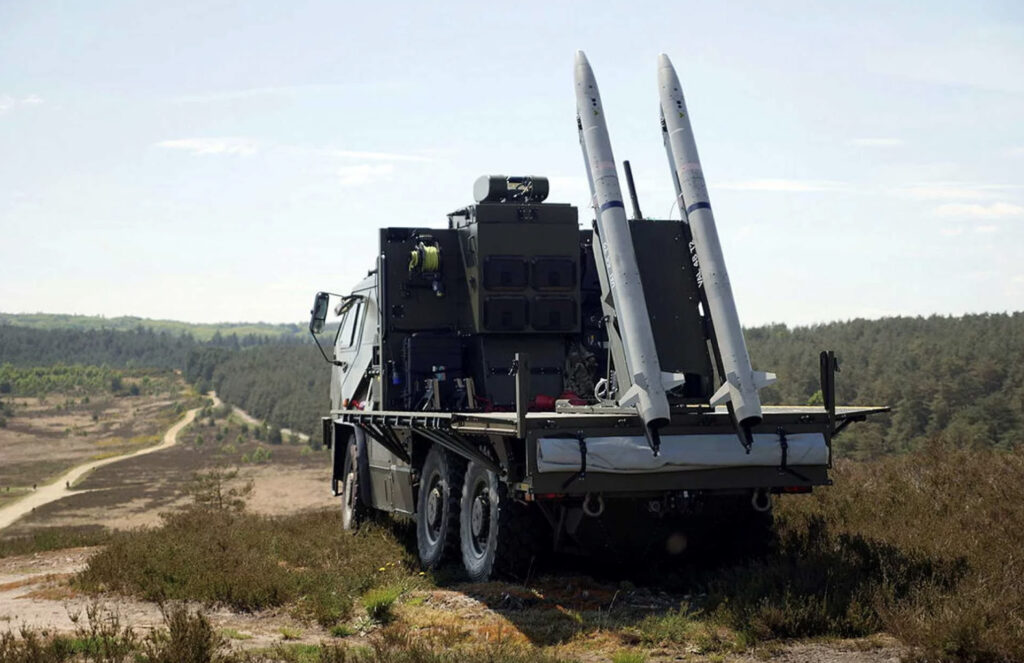
- Long-range coverage: Only German IRIS-T SLM systems provide medium-range coverage without American missiles. The problem? Ukraine has far more Norwegian NASAMS systems, which depend entirely on US-supplied AIM-9 and AIM-120 missiles.
- Soviet-era systems: If Ukraine still has missiles, aging S-125, “Tor,” and “Buk” systems remain operational. But Soviet ammunition became scarce years ago, forcing Ukraine to create “FrankenSAMs”—Soviet launchers modified to fire American AIM-7 missiles.
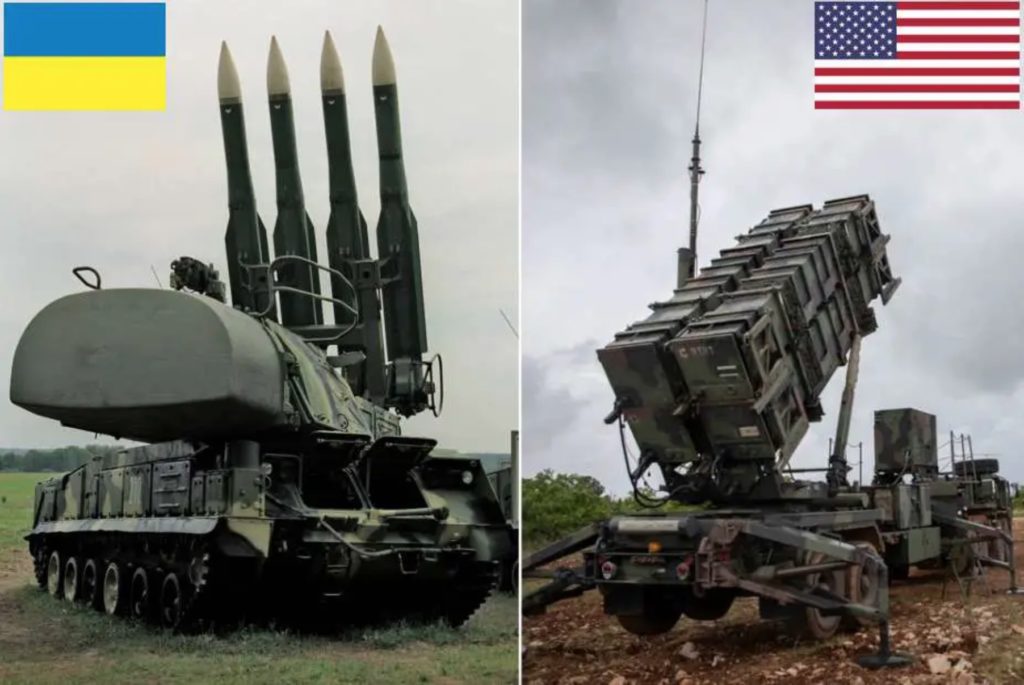
The critical gap? Anti-ballistic missile defense. France and Italy provided only two SAMP/T batteries compared to roughly 10 Patriot systems. SAMP/T missiles are also reportedly in short supply.
Suspension shows aid used as leverage
This marks the second major aid suspension under Trump. The first occurred in March 2025 after a heated 28 February Oval Office confrontation where Trump told Zelenskyy “you’re not winning this” and “you don’t have the cards right now.”
That March suspension reportedly pressured Ukraine into negotiations and signing a minerals deal. Within weeks of the aid cutoff, Ukraine had abandoned its victory plan and shifted to promoting ceasefire proposals.
This suspension, like the one in March, also came out of the blue. Ukrainian MP Fedir Venislavskyi told RBC-Ukraine that Kyiv had “worked out various scenarios” for such contingencies but confirmed the decision was “very unpleasant for us.”
How significant is this suspension? Russian responses provide the answer. Kremlin spokesman Dmitry Peskov stated that “the less weapons are supplied to Ukraine the closer the end of the special military operation.” Moscow recognizes the strategic opportunity.
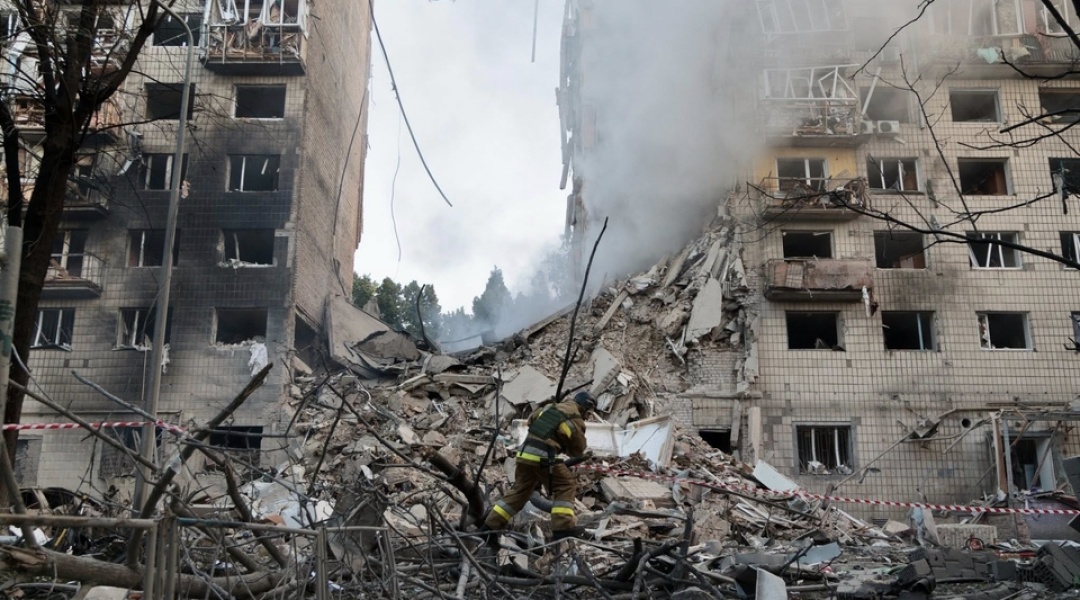
What does Ukraine lose without US missiles? The full picture of a nation suddenly exposed
Ukraine’s growing vulnerabilities
Ballistic missile exposure becomes critical
What happens without PAC-3 interceptors? Ukraine becomes “very vulnerable to Russian ballistics,” Morfinov writes. Russia can systematically target:
- Aviation at airfields
- Command centers and military headquarters
- Defense production facilities
- Critical infrastructure and logistics hubs
- Air defense systems themselves during drone swarm attacks
The cascading effect threatens everything. Russian forces use drone swarms to locate Ukrainian air defense positions, then target them with ballistic missiles that depleted Patriot batteries cannot intercept.
Artillery ammunition shortage compounds frontline pressure
Can Ukraine maintain counter-battery fire with 8,500 fewer 155mm shells?
Morfinov explains this creates “weakening during the great summer offensive by the Russians along the entire front line.” Ukrainian production and alternative sources provide some mitigation, but gaps remain.
The loss of GMLRS precision rockets hits harder. Ukraine must rely more on F-16s carrying Storm Shadow missiles, which increases pilot risks.
Strategic implications extend beyond battlefield
Military analyst Jack Watling of the Royal United Services Institute warned that “this decision will cost Ukrainian lives and territory.” The psychological impact compounds material losses as Ukrainian forces and civilians question Western resolve.
NATO Chief Mark Rutte argued on Fox News that “Ukraine cannot do without all the support it can get” for ammunition and air defense. His framing challenges the administration’s logic: “It is also in the interests of the US for Ukraine not to lose this war.”
Rutte’s formula—”secure Europe means secure US”—positions Ukrainian victory as essential for American security, directly contradicting the “America First” rationale.
Pentagon justification reveals broader shift
Why suspend aid now? Defense policy chief Elbridge Colby stated the review ensures “US forces’ readiness for Administration defense priorities.” Translation: Pacific focus amid China concerns takes precedence.
The Pentagon cited recent Middle East operations, including Iran’s retaliatory attack on Qatar that prompted “the largest single engagement of Patriot air defense missiles in US history.” White House spokesperson Anna Kelly’s statement about putting “America’s interests first” suggests strategic repositioning rather than temporary inventory concerns.
Ukraine scrambles for alternatives
How prepared was Ukraine for this scenario? Venislavskyi confirmed that “Ukraine has a certain reserve capacity” for such contingencies, while diplomatic efforts intensify to reverse the decision.
The suspension accelerates Ukraine’s pivot toward domestic production.
Previous reporting shows Ukraine produced over two million FPV drones in 2024 and developed long-range variants capable of 1,700-kilometer strikes.
But critical vulnerabilities remain in air defense and precision strike capabilities. European capacity constraints limit immediate alternatives—the EU faces supply shortages and slower production timelines. Frozen Russian asset proceeds provide funding, but cannot address immediate ammunition shortfalls.
The question facing Ukraine: Can domestic production and European alternatives fill the gaps before Russia exploits the opening?




